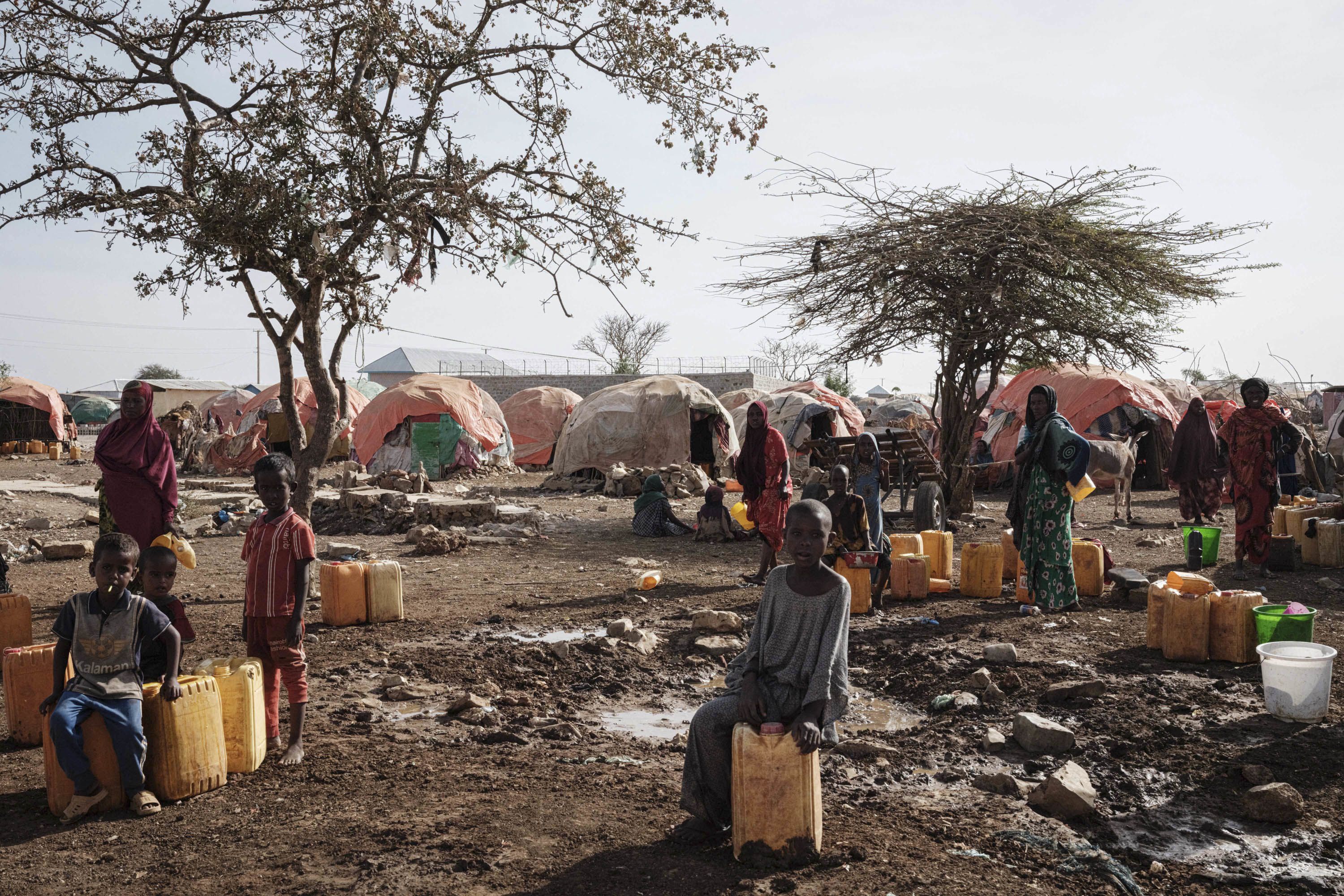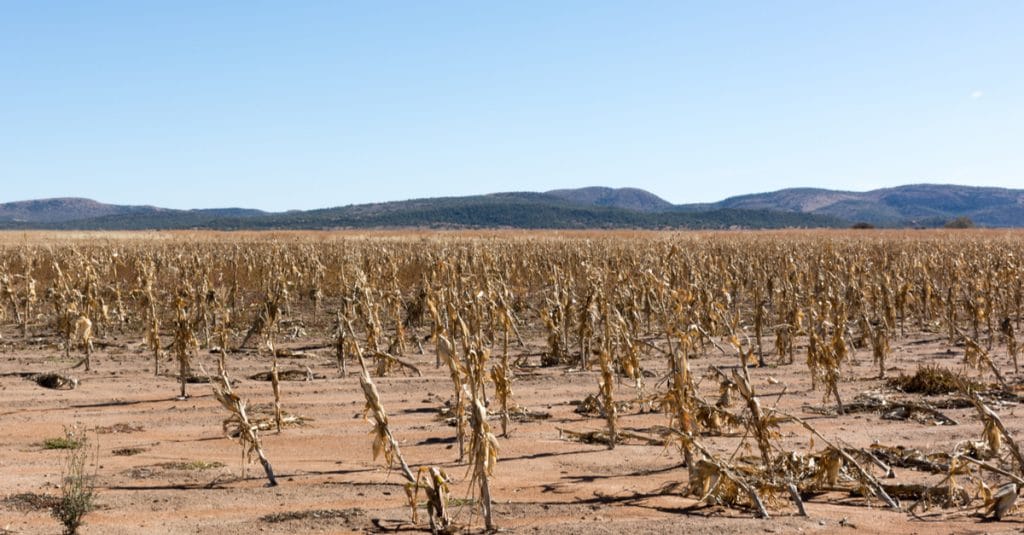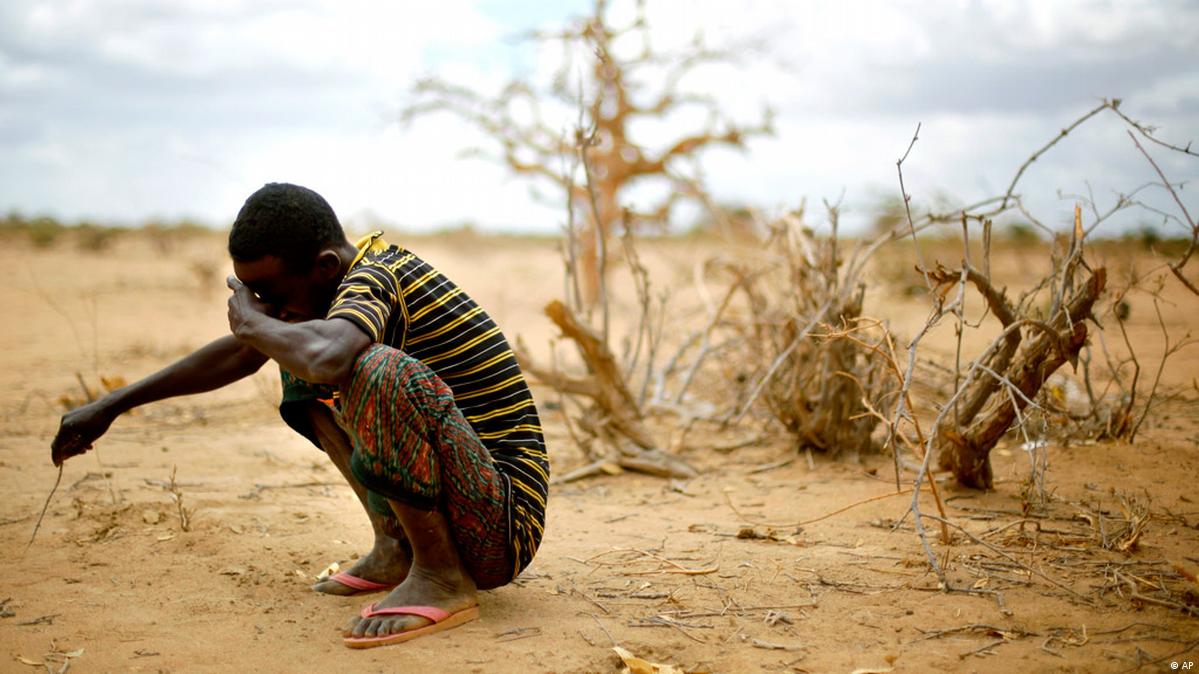Contents
Drought in Africa, often referred to as the “cradle of civilization,” is a continent of remarkable diversity, encompassing lush rainforests, expansive savannas, and arid deserts. However, alongside its natural beauty and cultural richness, Africa is also home to some of the world’s most severe drought-prone regions. The recurring cycle of drought in Africa has far-reaching consequences, affecting millions of people, ecosystems, and economies across the continent. In this article, we delve into the causes, impacts, and responses to drought in Africa.
The Dire Consequences of Drought in Africa

Drought in Africa
Causes of Drought in Africa:
Drought in Africa is primarily driven by a combination of natural climate variability and human-induced factors. Climate phenomena such as El Niño and La Niña can disrupt rainfall patterns, leading to prolonged dry spells and reduced water availability. Additionally, deforestation, land degradation, and climate change exacerbate the impacts of drought by altering ecosystems, depleting water resources, and increasing the frequency and intensity of extreme weather events.
Impacts on Communities:
The impacts of drought on African communities are profound and multifaceted. Agriculture, which forms the backbone of many African economies, is particularly vulnerable to drought, as water scarcity and crop failures threaten food security and livelihoods. Pastoralist communities dependent on livestock also face challenges, as dwindling water sources and grazing lands contribute to livestock deaths and diminished incomes. Furthermore, drought-induced food shortages can lead to malnutrition, disease outbreaks, and population displacement, exacerbating social and humanitarian crises across the continent.
Environmental Degradation:
Drought in Africa has significant environmental consequences, affecting ecosystems, biodiversity, and natural resources. Reduced rainfall and water availability disrupt fragile ecosystems, leading to habitat loss, desertification, and soil erosion. Wetlands, rivers, and lakes shrink in size, posing threats to aquatic species and freshwater ecosystems. Deforestation and overexploitation of natural resources further degrade the environment, exacerbating the impacts of drought and undermining the long-term sustainability of ecosystems.
Economic Challenges:
The economic repercussions of drought in Africa are far-reaching, affecting sectors such as agriculture, tourism, and industry. Crop failures and livestock losses diminish agricultural productivity and rural incomes, exacerbating poverty and food insecurity. Reduced water availability hampers industrial activities and energy production, leading to disruptions in supply chains and economic growth. Additionally, the costs of drought response and recovery efforts strain national budgets and hinder development initiatives, perpetuating cycles of vulnerability and poverty in affected regions.

Drought in Africa
Mitigation and Adaptation Strategies:
Addressing the challenges of drought in Africa requires a comprehensive approach that combines short-term relief efforts with long-term adaptation and mitigation strategies. Investing in drought-resistant crops, water-efficient irrigation systems, and sustainable land management practices can enhance agricultural resilience and improve food security for vulnerable communities. Strengthening early warning systems, disaster preparedness, and climate resilience initiatives can help reduce the impacts of drought and build adaptive capacity at local, national, and regional lunatogel levels. Furthermore, promoting sustainable water management, conservation, and ecosystem restoration efforts can safeguard natural resources and enhance the resilience of ecosystems to drought-induced stresses.
Drought in Africa remains a persistent and pressing challenge with far-reaching implications for communities, ecosystems, and economies across the continent. Addressing the root causes of drought, building resilience, and implementing adaptation strategies are essential steps towards mitigating its impacts and securing a sustainable future for Africa’s people and environment. By working together to tackle the complex drivers of drought and climate change, Africa can overcome the challenges posed by water scarcity and build a more resilient and prosperous future for generations to come.
The Impact of Drought in Africa: A Continent Struggling Against Dry Spells
Africa, a continent of unparalleled beauty and cultural diversity, is also no stranger to the harsh realities of drought. Characterized by vast stretches of arid land and erratic rainfall patterns, Africa’s susceptibility to drought has profound implications for its people, ecosystems, and economies. In this article, we explore the far-reaching impacts of drought in Africa and the challenges it poses to sustainable development and livelihoods.
1. Agricultural Decline:
Drought wreaks havoc on Africa’s agricultural sector, which forms the backbone of many economies on the continent. Prolonged dry spells and erratic rainfall patterns lead to crop failures, diminished yields, and livestock losses, threatening food security and livelihoods for millions of people. Subsistence farmers and rural communities, already vulnerable to poverty and hunger, bear the brunt of agricultural decline, exacerbating cycles of poverty and food insecurity.
2. Water Scarcity:
Drought exacerbates water scarcity in Africa, as dwindling rainfall and depleted water sources strain freshwater supplies. Rivers dry up, reservoirs shrink, and groundwater levels plummet, leaving communities without access to clean and reliable water for drinking, sanitation, and irrigation. Competition over limited water resources intensifies, leading to conflicts and tensions between communities, especially in arid and semi-arid regions.

Drought in Africa
3. Humanitarian Crises:
Drought-induced food shortages and water scarcity trigger humanitarian crises across Africa, with vulnerable populations facing malnutrition, disease outbreaks, and population displacement. Children, women, and the elderly are particularly at risk, as inadequate access to food, water, and healthcare exacerbates their vulnerability to hunger and disease. Humanitarian organizations and relief agencies struggle to meet the growing needs of affected communities, often facing challenges of access, funding, and coordination in delivering assistance.
4. Environmental Degradation:
Drought contributes to environmental degradation in Africa, as reduced rainfall and water availability disrupt fragile ecosystems and biodiversity. Wetlands dry up, forests recede, and wildlife habitats shrink, threatening the survival of plant and animal species. Soil erosion, desertification, and land degradation escalate, exacerbating the loss of arable land and natural resources. The degradation of ecosystems undermines the resilience of communities and exacerbates the impacts of drought on livelihoods and well-being.
5. Economic Losses:
The economic losses incurred as a result of drought in Africa are significant, affecting sectors such as agriculture, tourism, and industry. Crop failures and livestock losses diminish agricultural productivity and rural incomes, leading to poverty and economic hardship for millions of people. Reduced water availability hampers industrial activities and energy production, hindering economic growth and development. The costs of drought response and recovery efforts strain national budgets and divert resources from essential development initiatives, perpetuating cycles of vulnerability and poverty in affected regions.
Conclusion:
Drought in Africa poses formidable challenges to sustainable development, livelihoods, and well-being across the continent. Addressing the impacts of drought requires a multi-faceted approach that combines short-term relief efforts with long-term adaptation and mitigation strategies. Investing in drought-resistant crops, water-efficient irrigation systems, and sustainable land management practices can enhance agricultural resilience and improve food security for vulnerable communities. Strengthening early warning systems, disaster preparedness, and climate resilience initiatives can help reduce the impacts of drought and build adaptive capacity at local, national, and regional levels. Furthermore, promoting sustainable water management, conservation, and ecosystem restoration efforts can safeguard natural resources and enhance the resilience of ecosystems to drought-induced stresses. By working together to tackle the complex challenges of drought, Africa can build a more resilient and sustainable future for its people and environment.
Read More Article About “Draymond Green’s Comeback: Warriors’ Path to Redemption Begins with Star’s Return“
